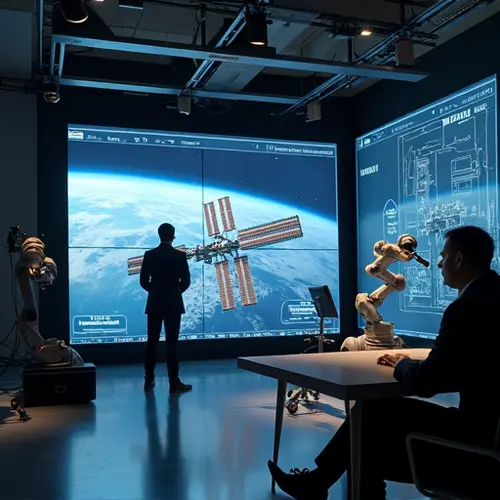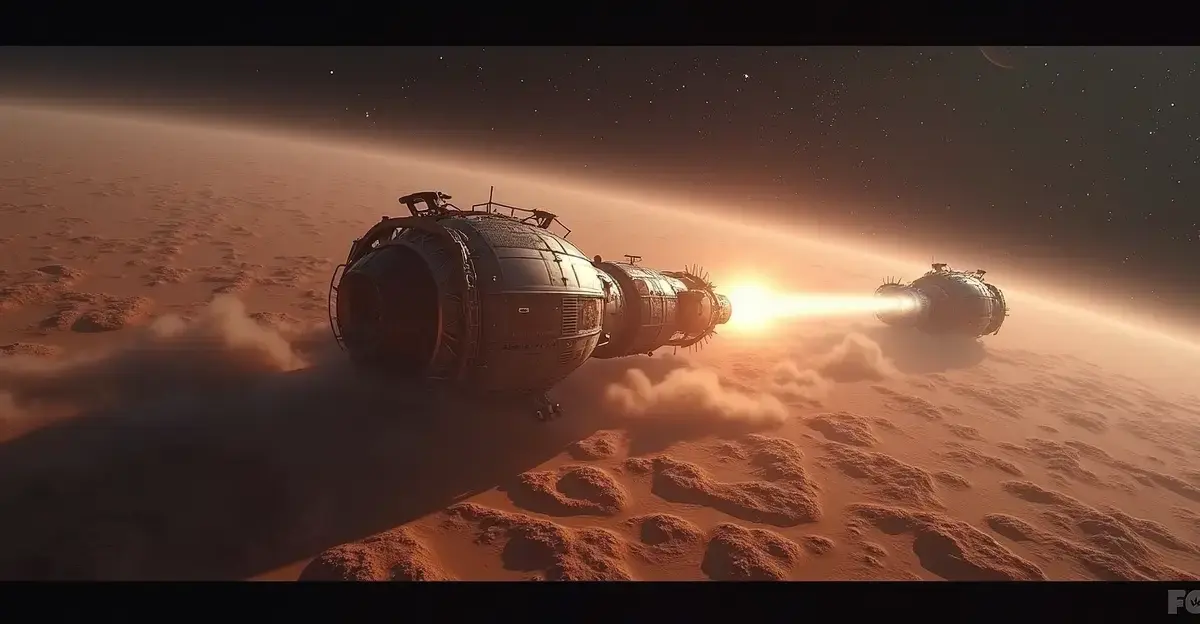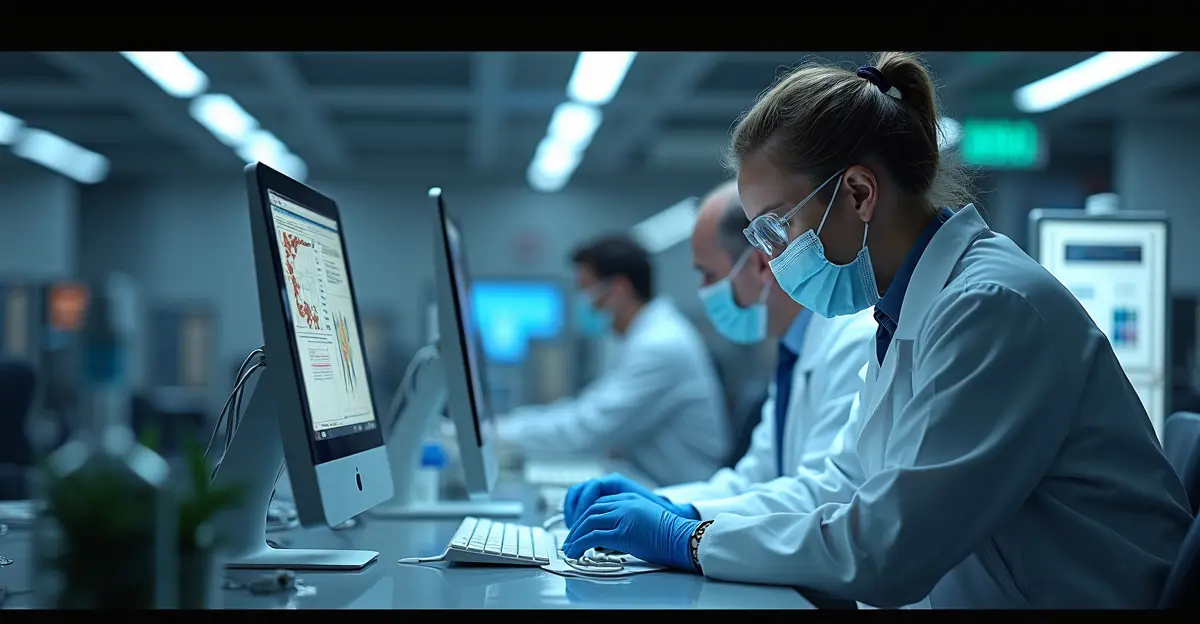Recent planetary defense tests, including NASA's DART mission, show improved asteroid deflection accuracy but reveal risks like gravitational keyholes. Follow-up missions like ESA's Hera aim to refine techniques for long-term Earth protection.

Planetary Defense Advances After DART Mission
Recent developments in planetary defense have highlighted both successes and emerging challenges in asteroid deflection technology. NASA's DART mission in 2022 marked a historic milestone by successfully altering the orbit of asteroid Dimorphos, reducing its orbital period by 32 minutes. This kinetic impactor technique demonstrated that humanity can indeed deflect a threatening asteroid, but follow-up analysis reveals complexities. 'The debris plume from the impact acted like a rocket booster, providing more push than expected,' noted a NASA scientist, emphasizing that ejection of material played a crucial role in the deflection.
2025 Findings on Deflection Accuracy
At the EPSC-DPS2025 Joint Meeting, researchers presented alarming data on the 'gravitational keyhole' effect. Even successful deflections could send asteroids through specific gravitational zones, potentially boomeranging them back toward Earth. Rahil Makadia, a NASA Space Technology Graduate Research Fellow, warned, 'Striking the wrong spot might solve an immediate threat but create a future catastrophe.' Probability maps are now being developed to identify safe impact locations, considering factors like asteroid shape and rotation. This refinement is critical as the 2025 Planetary Defense Conference exercise simulates a 2041 impact scenario, stressing the need for precision.
Follow-Up Missions and International Collaboration
The European Space Agency's Hera mission, launched in 2024, is en route to Dimorphos for a detailed post-impact assessment in 2026. It will measure crater formation, mass changes, and internal structure, providing data to improve deflection models. 'Hera will turn DART's experiment into a reliable defense strategy,' said an ESA official. Additionally, China plans a deflection mission to asteroid 2015 XF261 in 2027, showcasing global efforts. These initiatives align with NASA's Planetary Defense Strategy, which emphasizes early detection and international coordination to protect Earth from near-Earth objects.
Future Outlook and Challenges
While accuracy has improved, challenges remain. The keyhole effect research underscores that deflection is not just about pushing asteroids away but ensuring long-term safety. With over 2,500 potentially hazardous asteroids identified, continued investment in technology and global partnerships is essential. As one expert put it, 'We're learning to dodge bullets in space, but we need to avoid ricochets.' Upcoming missions will test these insights, aiming to make planetary defense a robust shield for humanity.

 Nederlands
Nederlands
 English
English
 Deutsch
Deutsch
 Français
Français
 Español
Español
 Português
Português









